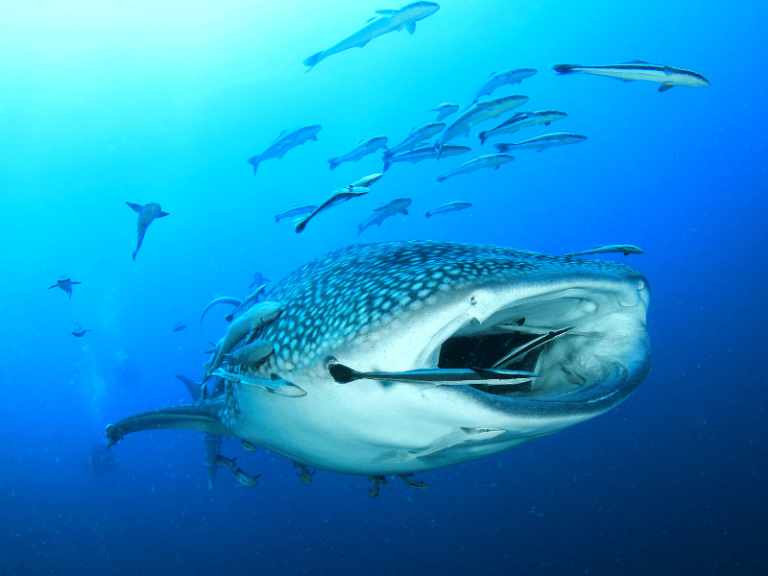Whales are the largest animals in the world, which is common knowledge. However, there are many species of whales, and they are not all large. To distinguish them in detail, taxonomists categorize whales into two types based on their characteristics: one type is very large (over approximately 9 meters) and lacks teeth in their mouths, instead having baleen plates like a comb, so they are called baleen whales. The other type of whale varies in size, with some being as large as baleen whales, but most are medium-sized or small, ranging from about 1 to 2 meters in length.
Baleen whales have numerous baleen plates in their mouths, and their bellies have many folds, similar to the bellows of an accordion, which can expand or contract. This makes it very convenient for them to feed in the water: they can expand their bellies, taking in both food and seawater; then they close their mouths and press the water out through the baleen plates, retaining only the swallowed food.
Different species of whales have different diets, including fish, shrimp, squid, and so on. Baleen whales, being large-bodied, consume a significant amount of food. They do not have teeth to chew their food, so they primarily feed on small shrimp and fish to survive. Although individual shrimp are small, they are densely populated in the sea, allowing whales to consume them in large quantities without needing to chew, thus baleen whales specialize in consuming small shrimp. It’s analogous to humans eating rice: each grain of rice is small, but eating a large quantity makes one feel full. The size of the whale’s body correlates with its food intake; larger animals consume more, while smaller animals consume less, so the size of the food itself is irrelevant to their feeding habits.

